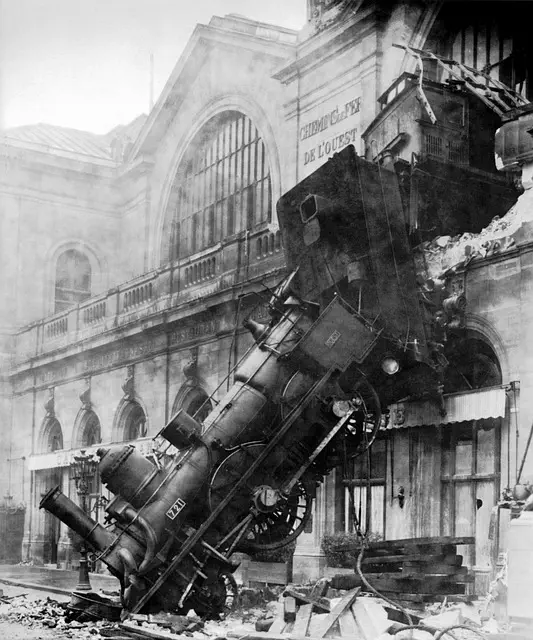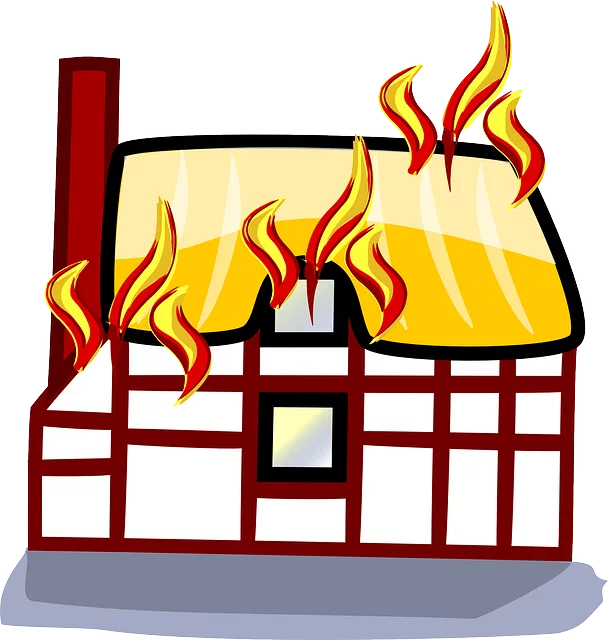Brooklyn's rising motorcycle crash rates are linked to an influx of rideshare vehicles, creating unique legal challenges and emphasizing the need for improved safety measures. The text highlights the urgent requirement for a strategic approach that combines stringent regulations, advanced technology, rider training, data analytics, and public awareness campaigns. Rideshare Safety Litigation plays a pivotal role in driving these initiatives by scrutinizing safety protocols, driver training, and vehicle maintenance to assign liability and ultimately protect motorcyclists' well-being.
Brooklyn’s bustling streets have witnessed a worrying rise in motorcycle crashes, prompting urgent attention. This article delves into the factors behind this alarming trend, from driver distraction to weather conditions. We explore the legal implications for ridesharing services, as these companies face increasing litigation over rider safety. Furthermore, we propose preventative measures and strategies to mitigate risks, emphasizing the importance of rider education and infrastructure improvements in ensuring safer roads for motorcycles.
- The Rising Trend of Motorcycle Crashes in Brooklyn
- Factors Contributing to Increased Accidents
- Legal Implications and Rideshare Safety Litigation
- Potential Solutions and Prevention Strategies
The Rising Trend of Motorcycle Crashes in Brooklyn

In recent years, Brooklyn has witnessed a concerning rise in motorcycle crashes, prompting concerned residents and authorities to take notice. This increasing trend raises critical questions about safety measures and potential contributing factors. Motorcyclists are often at a higher risk of severe injuries or fatalities due to their exposure on the road, making it imperative to understand and address these rising crash rates.
One notable aspect is the growing number of rideshare vehicles in Brooklyn, which has led to speculations about their impact on road safety. As rideshare companies expand their services, ensuring robust safety protocols for both drivers and passengers becomes essential. Rideshare Safety Litigation, focusing on accident prevention and liability, may play a significant role in shaping safer practices. This, coupled with targeted awareness campaigns, can help reduce motorcycle crashes and protect the well-being of Brooklyn’s motorcyclists.
Factors Contributing to Increased Accidents

In Brooklyn, motorcycle crashes have become a growing concern, with various factors contributing to the increase in accidents. One significant aspect is the rise in rideshare services, which, while offering convenience, adds more vehicles to already congested streets. The influx of rideshare drivers, often distracted by their apps or fatigued from long work hours, poses risks to motorcycle riders who are more vulnerable on the road.
Additionally, the city’s complex traffic patterns and narrow streets can be challenging for motorcyclists. Poor weather conditions, such as rain or fog, further exacerbate these issues. Many crashes result from driver distractions, speeding, and failure to yield, highlighting the need for improved safety measures. The rise in rideshare safety litigation underscores the importance of addressing these factors to ensure the safety of all road users in Brooklyn.
Legal Implications and Rideshare Safety Litigation

In the context of motorcycle crashes in Brooklyn, understanding the legal implications is crucial, especially with the rise of rideshare services. When a motorcycle accident involves a rideshare vehicle, complex legal issues arise, often leading to Rideshare Safety Litigation. This type of litigation focuses on determining liability, particularly when identifying negligence on the part of either the rider or the rideshare company.
Brooklyn’s busy streets and high density make it a unique landscape for these cases. Courts consider factors such as safety protocols, driver training, and vehicle maintenance to assign responsibility. Rideshare companies are increasingly held to strict standards due to their significant presence in urban areas like Brooklyn. This legal framework aims to protect riders while promoting the safe integration of ridesharing into daily transportation.
Potential Solutions and Prevention Strategies

Addressing motorcycle crashes in Brooklyn requires a multi-faceted approach, focusing on both immediate solutions and long-term prevention strategies. One key area to explore is improving rideshare safety. As the popularity of ridesharing services grows, so does the need for stringent regulations and technology advancements to ensure driver and passenger safety. Enhancing rider training programs can play a significant role in accident reduction. Educating drivers on defensive riding techniques, navigating city traffic, and recognizing potential hazards specific to Brooklyn’s urban environment can empower them to make safer decisions.
Additionally, implementing data-driven strategies can help identify high-risk areas for motorcycle crashes. Using analytics to pinpoint problem zones enables targeted interventions like speed bump installations, improved street lighting, or red light camera systems. Encouraging riders to maintain their vehicles and adhere to safety guidelines is another preventive measure. Public awareness campaigns can highlight the benefits of wearing protective gear and following traffic rules, ultimately fostering a culture of motorcycle safety in Brooklyn.
As we’ve explored the issues surrounding motorcycle crashes in Brooklyn, it’s evident that addressing this growing concern requires a multifaceted approach. By understanding the contributing factors, from rider behavior to vehicle design and road conditions, we can implement effective solutions. Enhancing safety measures, improving driver education, and holding accountable those responsible for negligent actions, whether individuals or rideshare companies, are all crucial steps towards reducing motorcycle accidents. Ultimately, prioritizing Rideshare Safety Litigation ensures that Brooklyn’s roads become safer for all users, fostering a more secure and vibrant urban environment.
